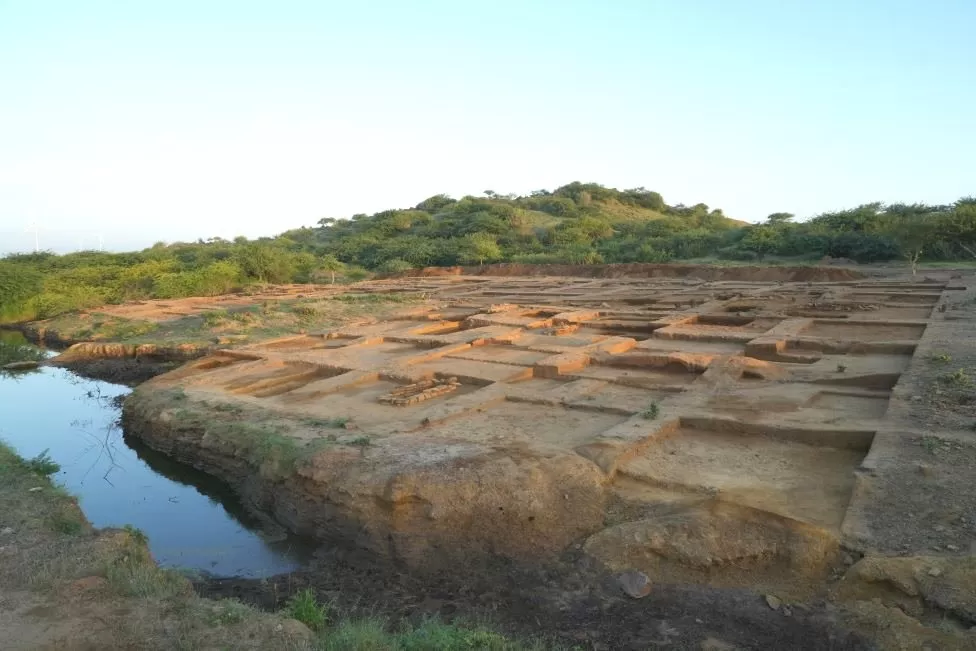The mysteries of a mass graveyard of early Indians

In India, researchers have discovered a sprawling burial site belonging to one of the world’s earliest urban civilisations. The graves could provide insight into how early Indians lived and died.
During an excavation of a mound of sandy soil near a remote village in Gujarat’s sparsely populated Kutch region in 2019, scientists were not prepared for the surprise they were about to encounter.
We initially thought it was an ancient settlement, but within a week we realized it was a cemetery,” says Rajesh SV, an archaeologist with the University of Kerala.
More than 150 Indian and international scientists have participated in three excavation seasons at the 40-acre site. At least 500 graves are estimated to exist of the Indus society, one of the earliest urban civilizations in the world. The excavation of some 200 of these graves has already taken place.
Known also as the Harappan civilisation after its first city, this society of austere farmers and traders lived in walled, baked-brick cities about 5,300 years ago in what is now north-west India and Pakistan. Approximately 2,000 sites in India and Pakistan have been discovered since the civilisation was discovered a century ago.
There may be no other “pre-urban” cemetery as large as the sprawling burial ground near Khatiya village in Gujarat, scientists believe. According to them, it was used from 3200BC to 2600BC, so the oldest graves here date back around 5,200 years.
Graves have unique features, including burial shafts lined with sandstone that point in different directions. Some are oval-shaped, while others are rectangular. Smaller graves contain the remains of children. The bodies appear to be supine, but the acidic soil has dissolved most of the bones.
